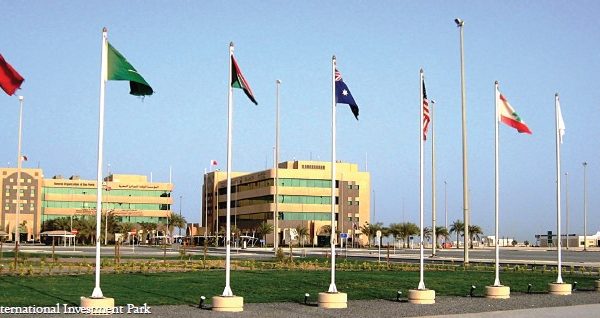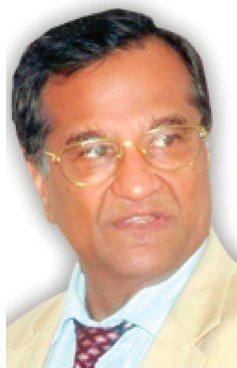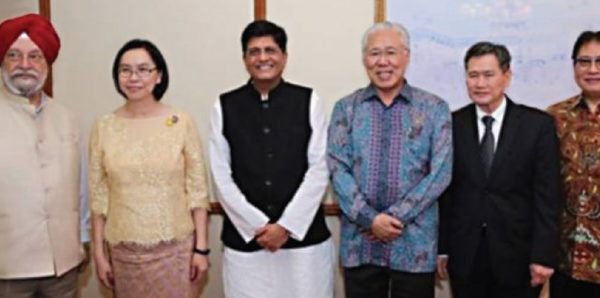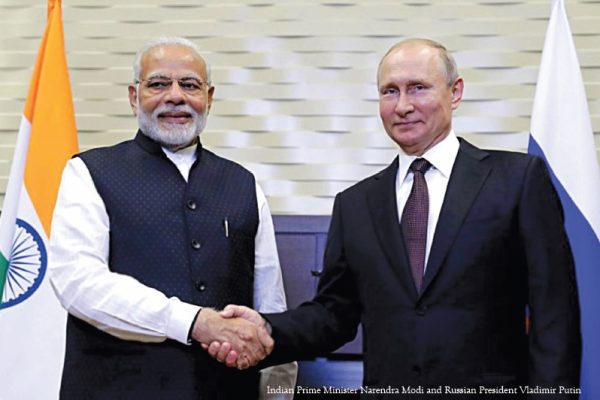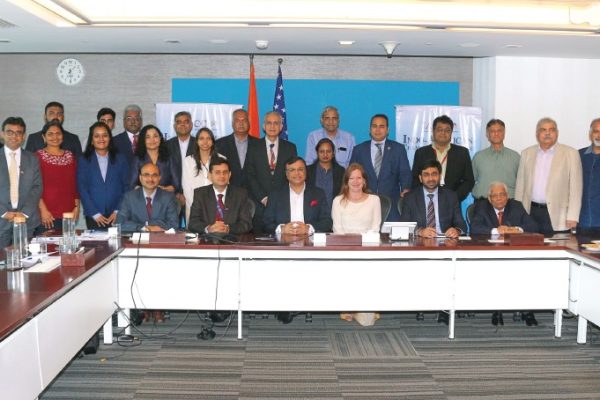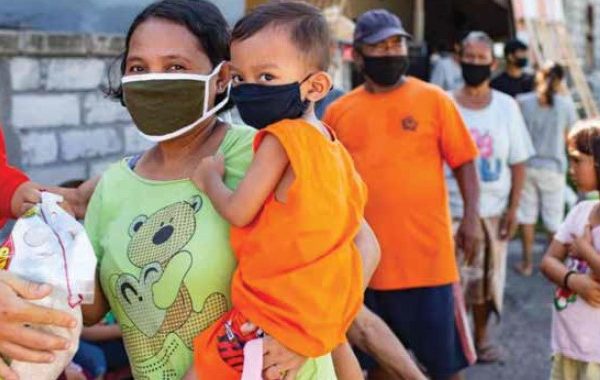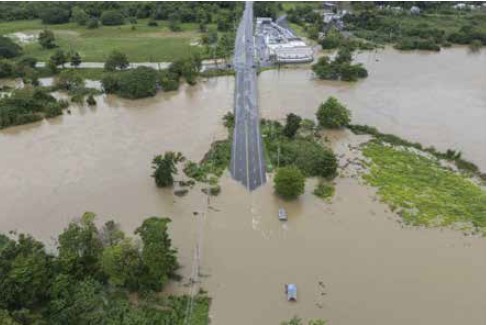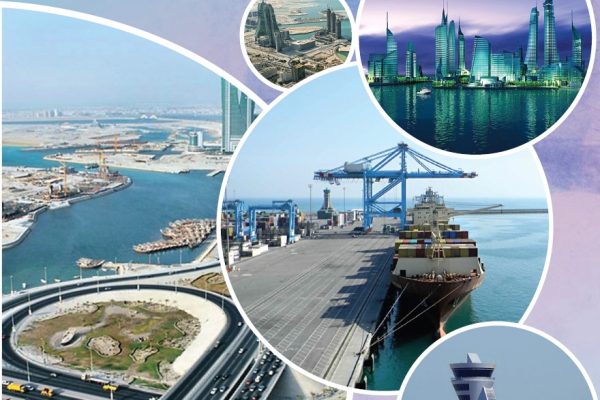
Special Economic Zone (SEZ)…Simplified
SEZs are popular instruments in developing countries for pursuing export-led growth strategies, for easier integration into the world economy. The main advantage of SEZs can be summarised as promotion of industrialisation and economic growth through sustainable development. WHAT CONSTITUTES a Special Economic Zone (SEZ) is determined individually by each country. According to the World Bank…


